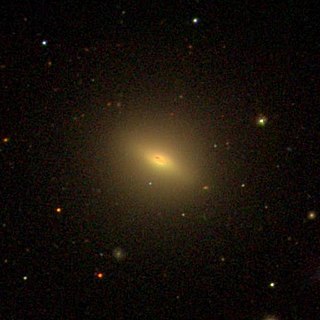
NGC 3805 is a lenticular galaxy located about 330 million light-years away in the constellation Leo. The galaxy was discovered by astronomer William Herschel on April 25, 1785. NGC 3805 is a member of the Leo Cluster.
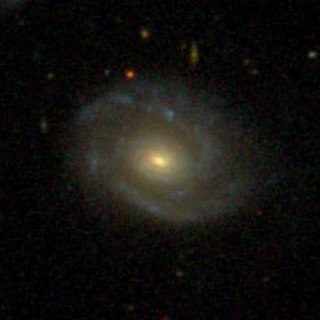
NGC 3840 is a spiral galaxy located about 320 million light-years away in the constellation Leo. The galaxy was discovered by astronomer Heinrich d'Arrest on May 8, 1864. NGC 3840 is a member of the Leo Cluster. The galaxy is rich in neutral atomic hydrogen and is not interacting with its environment.

NGC 3841 is an elliptical or lenticular galaxy located about 300 million light-years away in the constellation Leo. It was discovered by astronomer John Herschel on March 25, 1827 is a member of the Leo Cluster.

NGC 3851 is an elliptical or lenticular galaxy located about 300 million light-years away in the constellation Leo. It was discovered by astronomer John Herschel on February 24, 1827 and is a member of the Leo Cluster.

NGC 3867 is a spiral galaxy located about 350 million light-years away in the constellation Leo. It was discovered by astronomer Édouard Stephan on March 23, 1884 and is a member of the Leo Cluster.
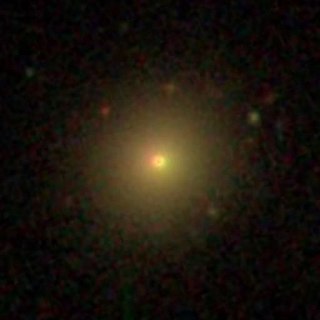
NGC 6053 is an elliptical galaxy located about 450 million light-years away in the constellation Hercules. The galaxy was discovered by astronomer Lewis Swift on June 8, 1886 and is member of the Hercules Cluster.
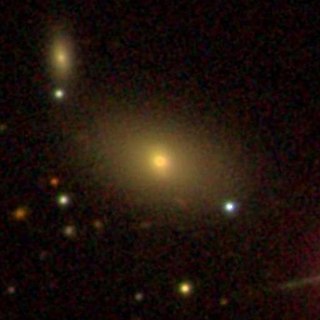
NGC 6054 is a barred lenticular galaxy located about 460 million light-years away in the constellation Hercules. It was discovered by astronomer Lewis Swift on June 27, 1886. It was then rediscovered by astronomer Guillaume Bigourdan on June 1, 1888. PGC 57073 is often misidentified as NGC 6054. NGC 6054 is a member of the Hercules Cluster.

NGC 6055 is a barred lenticular galaxy located about 450 million light-years away in the constellation Hercules. The galaxy was discovered by astronomer Lewis Swift on June 8, 1886. It also a member of the Hercules Cluster and is a LINER galaxy.

NGC 6056 is a barred lenticular galaxy located about 525 million light-years away in the constellation Hercules. It was discovered by astronomer Lewis Swift on June 8, 1886. It was then rediscovered by Swift on June 8, 1888 and was later listed as IC 1176. NGC 6056 is a member of the Hercules Cluster.
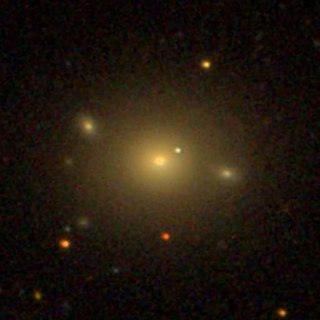
NGC 6061 is a lenticular galaxy with radio activity located about 490 million light-years away in the constellation Hercules. The galaxy is classified as a head-tail radio galaxy and was discovered by astronomer Lewis Swift on June 8, 1886. NGC 6061 is a member of the Hercules Cluster.
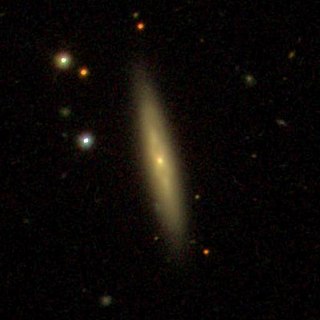
NGC 4892 is a spiral or lenticular galaxy with LINER activity located 275 million light-years away in the constellation Coma Berenices. It was discovered by the astronomer William Herschel on April 11, 1785, and is a member of the Coma Cluster.

NGC 4895 is a lenticular galaxy located 330 million light-years away in the constellation Coma Berenices. The galaxy was discovered by astronomer Heinrich d'Arrest on May 5, 1864 and is a member of the Coma Cluster.
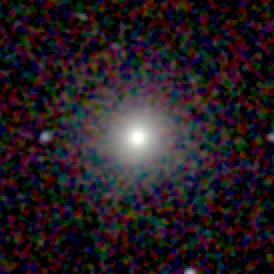
NGC 679 is an elliptical or a lenticular galaxy located 210 million light-years away in the constellation Andromeda. The galaxy was discovered by astronomer William Herschel on September 13, 1784 and is a member of Abell 262.

NGC 688 is a barred spiral galaxy with starburst activity located 190 million light-years away in the constellation Triangulum. It was discovered by astronomer Heinrich d'Arrest on September 16, 1865 and is a member of the galaxy cluster Abell 262.
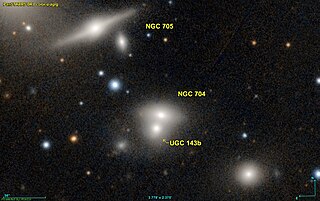
NGC 704 is a lenticular galaxy located 220 million light-years away in the constellation Andromeda. The galaxy was discovered by astronomer William Herschel on September 21, 1786 and is also a member of Abell 262.

NGC 7835 is a spiral galaxy located about 215 million light-years away in the constellation of Pisces. It was discovered by astronomer Albert Marth on November 29, 1864.

NGC 7837 is a spiral galaxy located about 470 million light-years away in the constellation of Pisces. The galaxy was discovered by astronomer Albert Marth on November 29, 1864. NGC 7837 appears to interact with NGC 7838 forming Arp 246.

NGC 7838 is a spiral or lenticular galaxy located about 500 million light-years away in the constellation of Pisces. The galaxy was discovered by astronomer Albert Marth on November 29, 1864. NGC 7838 appears to interact with NGC 7837 forming Arp 246.
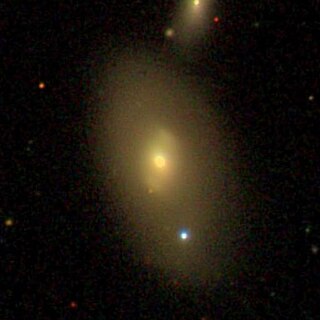
NGC 4296 is a barred lenticular galaxy located about 200 million light-years away in the constellation Virgo. It was discovered by astronomer William Herschel on April 13, 1784. It forms a pair with NGC 4297, and both galaxies are listed as CGCG 042-041, and KPG 331.
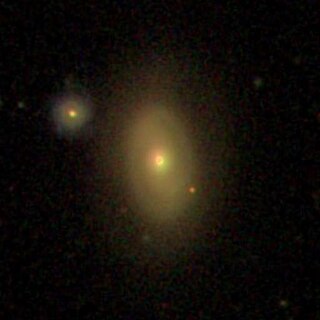
NGC 3925 is a barred lenticular galaxy and a ring galaxy located about 370 million light-years away in the constellation Leo. It was discovered by astronomer Heinrich d'Arrest on February 19, 1863.




















